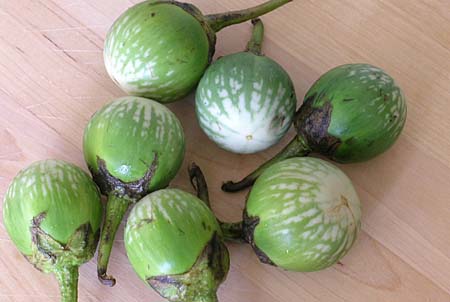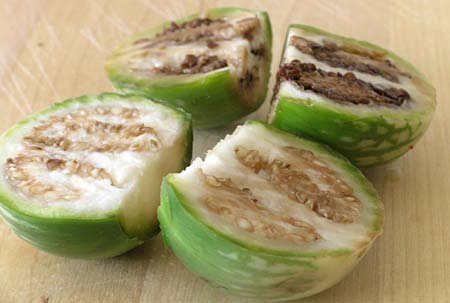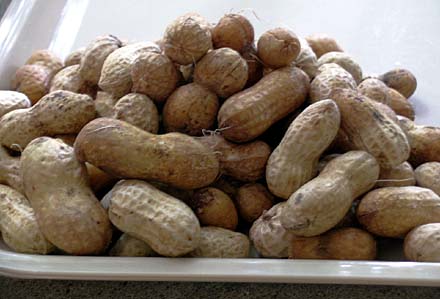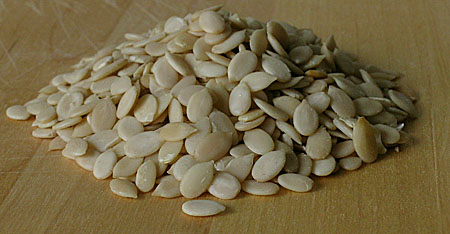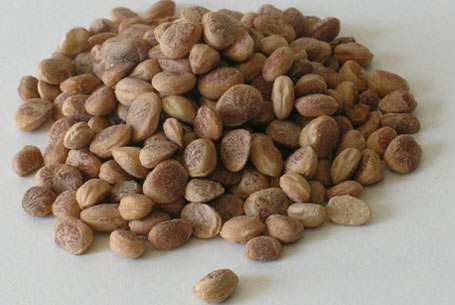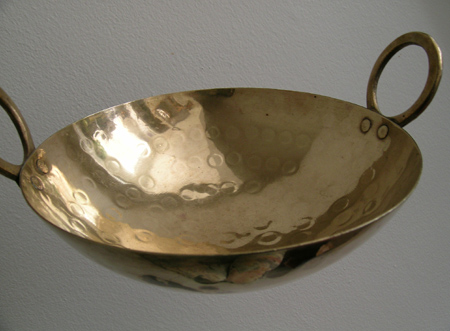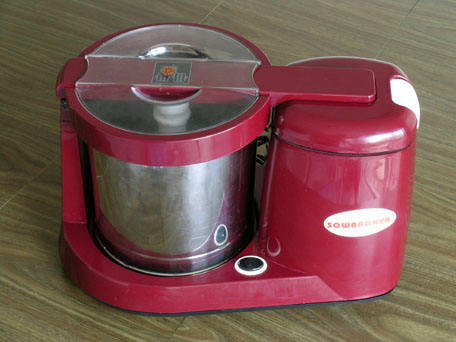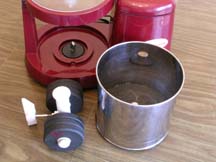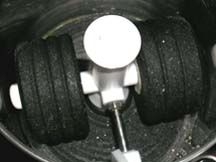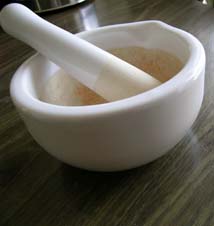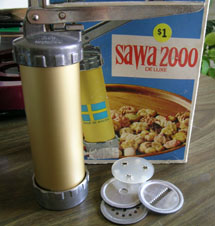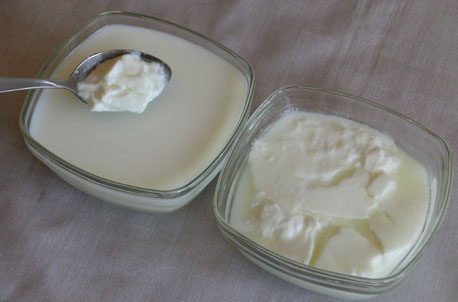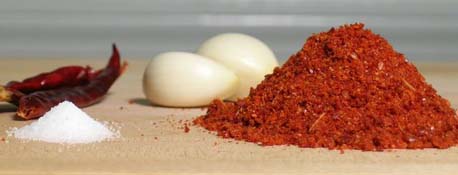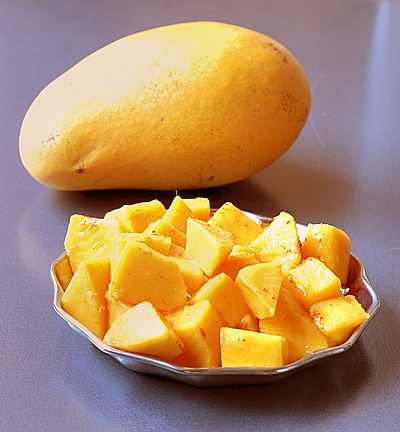To prepare authentic Indian meals, you have to make the ghee first. North, south, east and west, people all over in India know ghee is the best, and they love it. All auspicious occasions in life starts with ghee in India. Be it an offering to God, or the babies first solid food – people lavish their love with ghee.
Ghee is as easy to make as it sounds. This is how I usually make ghee here: I would buy one pound (four sticks) of unsalted butter. If you are lucky enough to find bovine-hormone free, organic butter, the ghee prepared from it would be better tasting and more like what we can get in India. Ghee from the four sticks lasts for about three to six months for us.
Take a heavy bottomed vessel. Place the butter sticks in it, and on medium heat melt them. When the butter starts to melt, there will be lot of bubbling and gurgling. Don’t panic. Reduce the flame to low; in a few minutes this action will subside. Next the butter will begin to develop foam at the top.

Simmer on low heat, uncovered and undisturbed, for 30 to 45 minutes, until milk-solids on the bottom of the vessel turn from white to beige-brown, and butter on top becomes transparent like clear water. This is the signal to turn off the heat. Please take caution not to burn the bottom part. That would lead to scalded milk smell, and it would stick. All the effort would be a waste and you have to throw everything away. So never use high-heat to make ghee.
What happening was milk-solids separating into 3 layers. Foaming milk-solids on top, clarified butter in the middle, protein milk-solids on the bottom.
After turning off the heat, do not cover with lid. Let the ghee stand for ten minutes. Remove any crust that rises to the surface with a spoon. Strain, discarding the milk solids at the bottom of the vessel, using a coffee filter or muslin cloth (gangi gudda). Or simply ladle off the clean water like ghee into a dry jar. Let it reach to room temperature. Then cover with a lid. Store at room temperature.
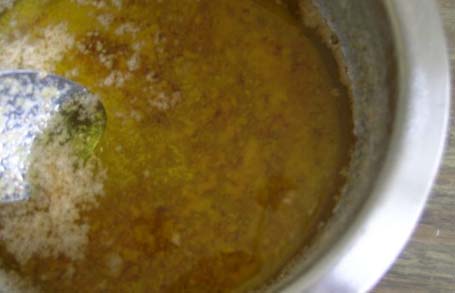
When first made or heated, ghee will look clear, like golden oil. At room temperature it will be in kova or fudge like consistency. It would turn to solid block when exposed to extreme cold temperature. To use, take necessary amount with a dry spoon and add to the food. Moisture spoils the ghee, so never use a wet spoon when handling ghee.
What I do with ghee:
1. Drizzle one teaspoon of ghee on hot cooked rice. Anything with rice tastes so much better with ghee, particularly the dal, sambhar and rasam.
2. To prepare different types of pulaos/fried rice.
3. Saute spices for masala (garam masala, various types of masala and curry powders).
4. For popu or tadka (frying the cumin, mustard seeds and curry leaves in ghee).
5. To prepare sweets like payasams, bhakshalu (puran poli), burfis, kheers, halwas and laddus.
6. On toasted bread and on a boiled potato.
7. Garlic roasted in ghee, spread on the bread is garlic-bread at its best.
Anything with ghee is ghee-licious. It’s simply impossible to go wrong with ghee. For any culinary enthusiast, the authentic Indian food experience has to start with this ancient Indian staple. Try and Enjoy!
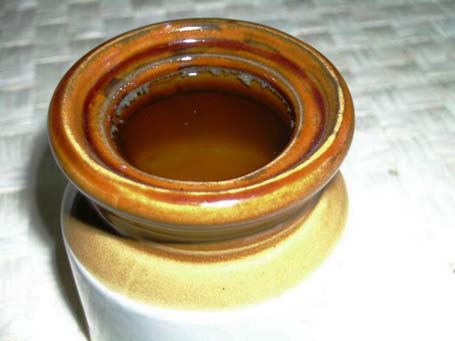
Note:
Ghee is often equaled to clarified butter. But it’s a simple-minded simplification. The ghee making process is lengthy and the end result is more refined when compared to clarified butter. Now you know the difference, don’t you go on regurgitating same falsehoods about ghee equals to clarified butter. No, it’s not. And, for God’s sake have the decency to call it by its given name – Ghee. You can say gee, right? Add an ‘h’, and say out loud “ghee” as in geese. There you go. Thank you for indulging me about ghee.
